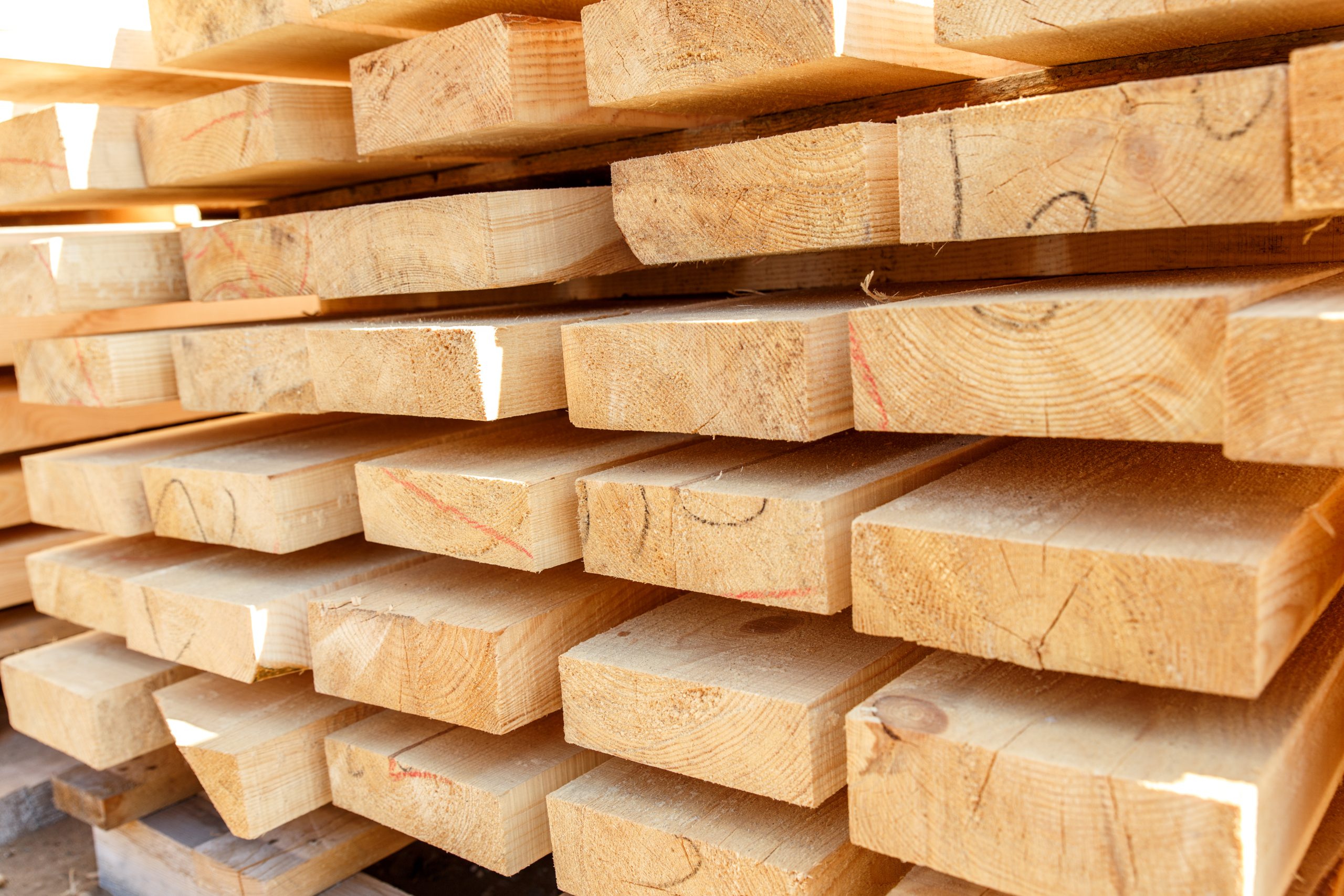When we speak of biological diversity, we refer to the wide variety of life forms that exist on Earth, including the diversity of species of plants, animals, fungi and micro-organisms, as well as the genetic diversity within each of these species and the different ecosystems in which they are found.
Biodiversity is essential for maintaining the balance of ecosystems and their proper functioning, such as crop pollination, water purification, climate regulation and the provision of food, medicines and genetic materials.
The Earth’s biodiversity is closely linked to wood in various ways, for example through tree species, forest ecosystems or the various uses to which we put wood.
In this article we will learn about the importance of biodiversity and its close relationship with the sustainable use of wood.
Diversity of tree and timber species
Biological diversity also includes the variety of tree species found in forests and other forest ecosystems. Each tree species has unique characteristics that influence the quality and properties of the wood they produce. For example, some tree species produce a hard and resistant wood, while others produce a type of wood that is more suitable for other types of wood production, as they are softer and faster growing. Depending on the properties of the wood, they can be used in different ways. Timbers with greater strength and durability are best suited for structures that require load-bearing or are exposed to varying climatic conditions.
In addition to differences in hardiness and hardiness, the biological diversity between different tree species also influences other important aspects such as their resistance to diseases, pests and other adverse climatic conditions. Tree typology also influences the variability in density, texture, colour and grain pattern contributing to the aesthetics and versatility of the wood for various applications.

Genetic diversity
Within each tree species, there is genetic diversity, which can affect the characteristics of the wood in different aspects such as strength, durability and appearance. In the context of trees and timber production, genetic diversity plays a fundamental role in the adaptation and survival of tree populations in the face of environmental changes and biotic threats. Here are some important aspects of genetic diversity in trees:
- Environmental adaptation: Genetic diversity allows trees to possess different combinations of genes that help them adapt to different environmental conditions, such as variations in temperature, humidity, different soil types and exposure to pests and diseases. This increases the likelihood that they will be able to survive and reproduce in different environmental conditions.
- Disease and pest resistance: Genetic variability within a tree species means that some tend to be more resistant to diseases and pests than others. By maintaining healthy genetic diversity, the risk of a specific disease or pest affecting the entire population is reduced, as some individuals are more likely to be resistant and able to survive to reproduce.
- Improvement of wood quality: The genetic diversity of trees can also influence some wood characteristics, such as density, strength, durability and appearance. By choosing and crossing trees with the characteristics we want, we can create varieties that produce excellent wood for a variety of uses, such as structural construction, furniture or paper making.
Forest conservation and management: Conservation of genetic diversity is important for maintaining the long-term health and productivity of forests. This is achieved by protecting natural tree populations and implementing forest management practices that promote genetic mixing and avoid genetic fragmentation of populations.
Forest ecosystems
Forests and other forest ecosystems are home to a great diversity of species of plants, animals, fungi and micro-organisms. These healthy ecosystems contribute to sustainable timber production by maintaining soil fertility, regulating the water cycle and providing habitats for species that can influence tree health.
Forest ecosystems are vital to the planet, providing oxygen, storing carbon and sustaining biodiversity. Timber architecture takes advantage of this natural renewable resource, but to ensure that timber architecture is sustainable, it is crucial to manage forests responsibly and sustainably, i.e. to consider good practice around forests, not only by avoiding indiscriminate felling of trees, but also by replanting and caring for forests so that they can continue to grow and provide timber in the future.
Forests provide us with a natural building material, and at the same time, building with wood in a sustainable way not only reduces the carbon footprint, but also promotes the conservation of forests and their ecological functions.
Various uses of wood
Biodiversity also influences the uses to which wood is put, as different species and types of wood have unique characteristics that make them more suitable for certain applications.
For example, some tree species such as oak or cedar are known for their strength and durability and are therefore commonly used in the construction of load-bearing structures such as beams and columns. Other types of wood, such as pine, are lighter and easier to work, so they are widely used in furniture making and joinery.
By having a wide variety of tree species available, we can select those timbers that are most suitable for these specific uses, thus optimising the yield and sustainability of forest resources..

Biodiversity is key to maintaining the diversity and health of forests, which in turn provides us with a wide variety of timbers for different uses and applications, from the construction of integral timber structures to the manufacture of materials.
By caring for and preserving biological diversity, we are protecting not only our forests, but also future opportunities to use this valuable resource in a sustainable way.
Discover more about our solutions in architecture with wood and construction on our website!




